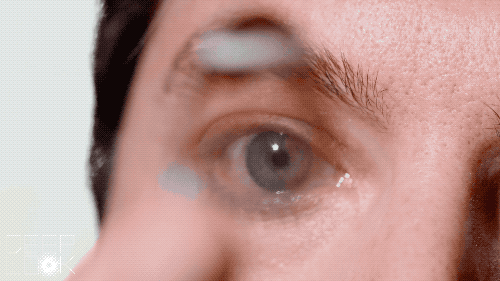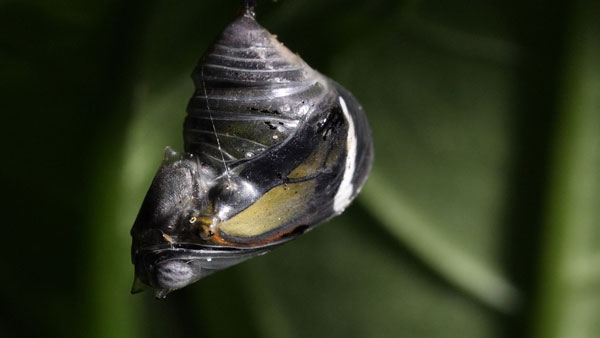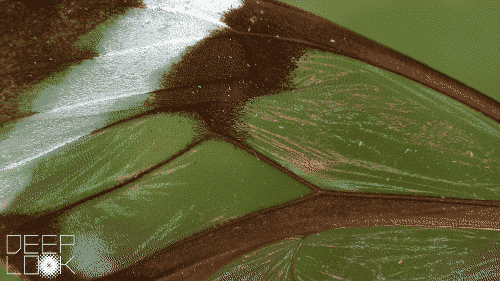Glasswing Butterflies Want To Make Something Perfectly Clear | Deep Look

The glasswing butterfly is quite the sight to see -- not because its wings are colorful, but rather transparent as glass. Take a closer look in this captivating, short video by Deep Look/PBS, which zooms in on the life cycle of the glasswing butterfly, Greta oto, as it forms the invisible wing. The video features Aaron Pomerantz, a graduate student in MBL Director Nipam Patel’s lab, who not only studies how the glasswing butterfly develops its see-through wings – he videotaped most of the segment himself!
 Aaron Pomerantz eyes a glasswing butterfly. Credit: Aaron Pomerantz/KQED
Aaron Pomerantz eyes a glasswing butterfly. Credit: Aaron Pomerantz/KQED“Our original plan was to have Josh Cassidy, the Deep Look cinematographer and producer, come to the MBL to film the glasswing episode in the insectary in Lillie Laboratory, where we keep exotic species,” says Pomerantz. “But then COVID-19 shut everything down.” Fortunately, Pomerantz owns a camera that can shoot in ultra-high-definition (4K), which Deep Look uses for its episodes. So Pomerantz offered to try filming the butterfly sequences himself. “I had never done this before, so it was a learning experience,” he says. “I was in the insectary, with Josh on the phone giving me directions like, ‘Try this camera setting’ or ‘Try putting the light over there.’” The results are spectacular, especially the sequence where the glasswing caterpillar metamorphosizes into a butterfly.
 A mature glasswing pupa about to emerge as an adult butterfly having nearly completed its metamorphosis. Credit: Aaron Pomerantz/University of California, Berkeley
A mature glasswing pupa about to emerge as an adult butterfly having nearly completed its metamorphosis. Credit: Aaron Pomerantz/University of California, Berkeley“It was challenging to get those shots,” Pomerantz says. “You have to wait 8 days for the butterfly to fully develop inside the pupa, but then you have a window of a just few minutes when the adult emerges. It took several tries of sitting there for hours and hours and hours to get that shot!” His macrovideography cred now established, Pomerantz will soon be submitting a publication on how the glasswing produces its transparent wings, which it uses for camouflage. “Transparency is common in water animals, like jellyfish and many deep-sea creatures. But on land, it’s very hard to be transparent,” Pomerantz says. His research explains how the glasswing manages this rare feat – from developmental, biochemical, and physical points of view. Read more here. "[These experiments] wouldn't have been possible without the resources and people around the MBL to help, especially with the microscopy," Pomerantz says, noting that Katherine (Kasia) Hammar of the Central Microscopy Facility helped produce many of the SEM and TEM images. "It's been a great experience."
 The scales that on the transparent sections of the glasswing butterfly’s wings are modified, appearing more like tiny hairs that don’t cover the surface of the wing. Credit: Aaron Pomerantz/KQED
The scales that on the transparent sections of the glasswing butterfly’s wings are modified, appearing more like tiny hairs that don’t cover the surface of the wing. Credit: Aaron Pomerantz/KQEDHomepage photo: Glasswing butterflies hide themselves with their transparent wings and also warn potential predators that they are poisonous with the high-contrast white on black and orange coloration on the sections of their wings that are covered in scales. Credit: Aaron Pomerantz/ KQED